It’s hard to explain what art has become these days. It is quite subjective, and honestly that’s only for the better. Snobs might not agree, but it doesn’t matter if something conforms to tradition and is thus good or bad or ugly. If you appreciate it, see meaning in it and it evokes a reaction, art has done its job.
A multimedia visual artist by the name of Robin Lopvet has a whole Instagram page dedicated to experimental visuals that result from his research, whether it’s goofy AI stuff or things of his own creation, and they are sure to make you feel things in ways you might not have expected.
#1

Image credits: instagram
#2

Image credits: instagram
#3
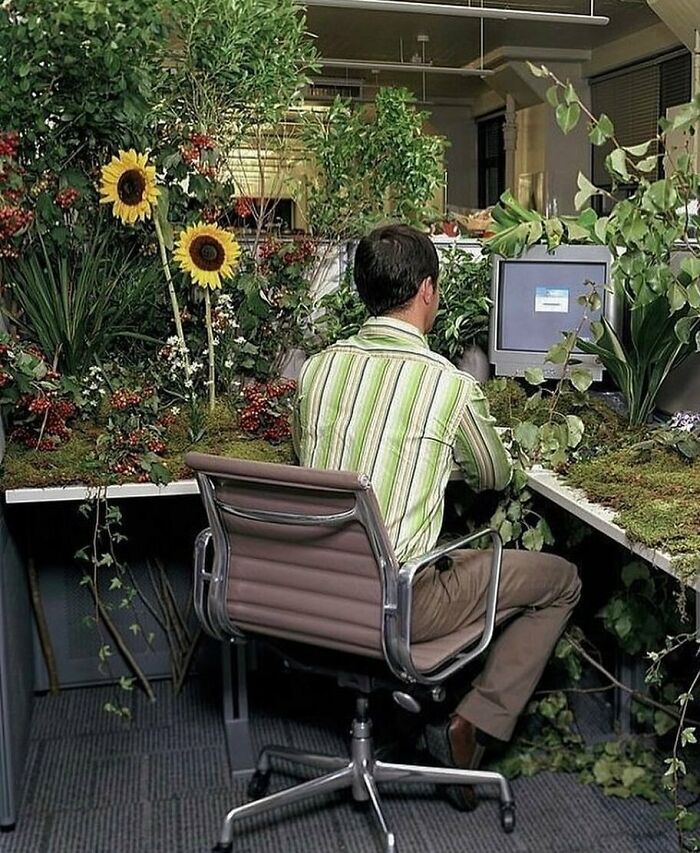
Image credits: instagram
Meet Robin Lopvet, a multimedia visual artist from Arles, France who dabbles in digital retouching. With his art, he tackles issues of language games, the economy of recovery, parody, DIY, among other themes and topics.
In his online biography, Lopvet explains that “nothing is lost, nothing is created, everything is transformed” in art.
#4
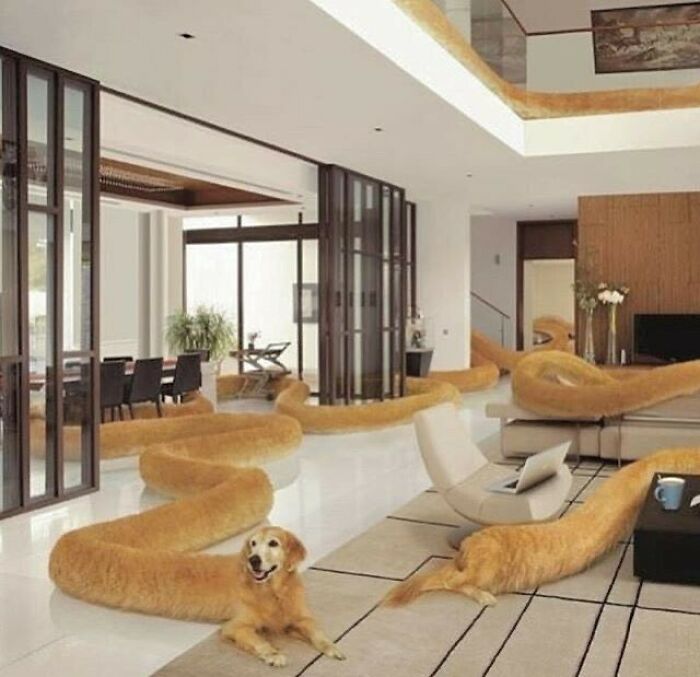
Image credits: instagram
#5
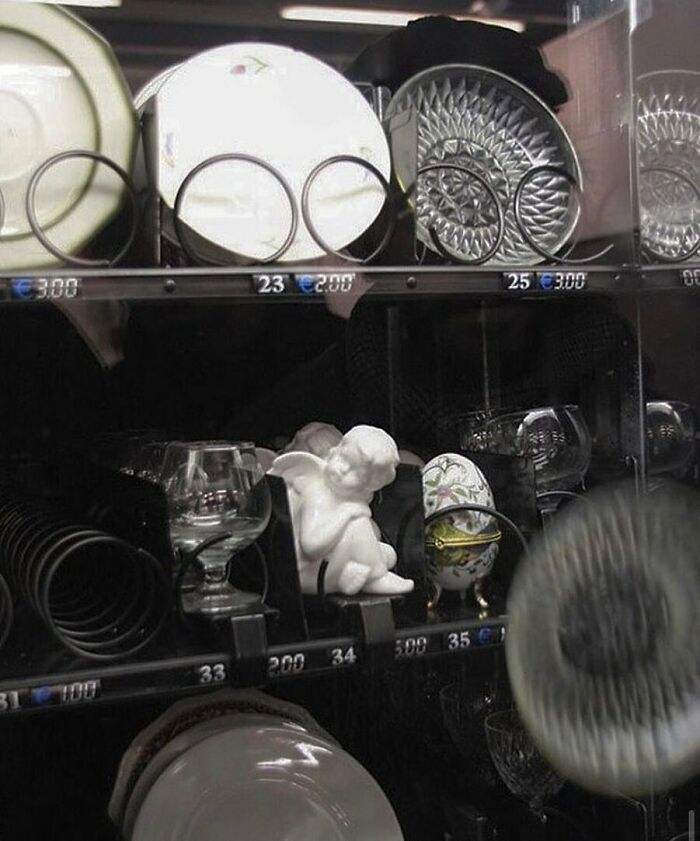
Image credits: instagram
#6

Image credits: instagram
To him, art is a process of putting together already existing elements—collaging, sort to speak—rather than creating something new. The world is a database of concepts of sorts that is used, reused, remastered and the like. As such, creativity becomes a game of reinterpretation and manipulation of that which exists rather than getting good with traditional tools for creation.
#7
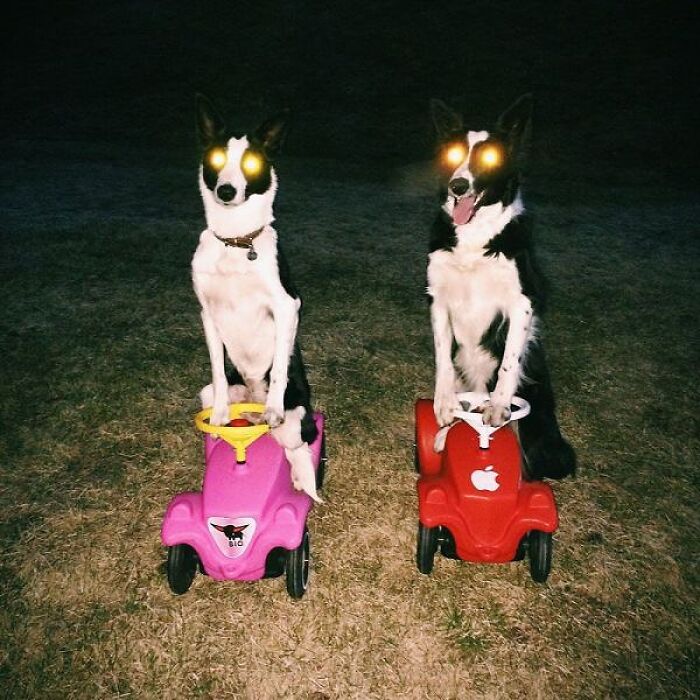
Image credits: with_feelingz
#8
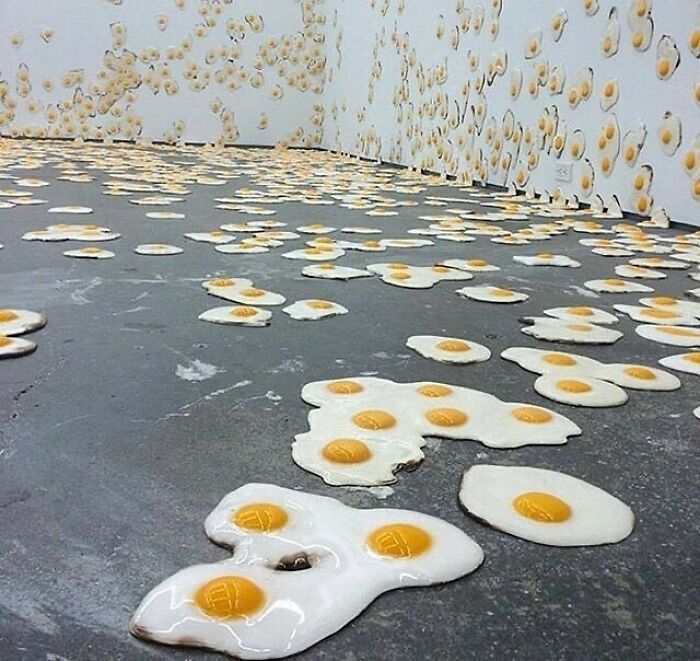
Image credits: instagram
#9

Image credits: instagram
Believe it or not, creativity isn’t about creating something new. It can be, but it doesn’t have to.
Insurance agent Luke Hoerr recalls an anecdote from his professional career where creating a solution that was added to an existing structure was the better call than creating something completely new from the ground up.
#10
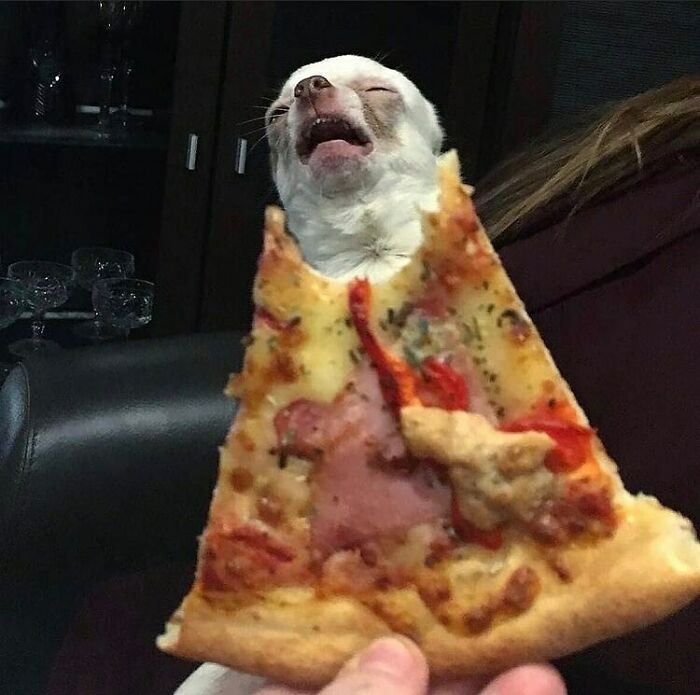
Image credits: instagram
#11
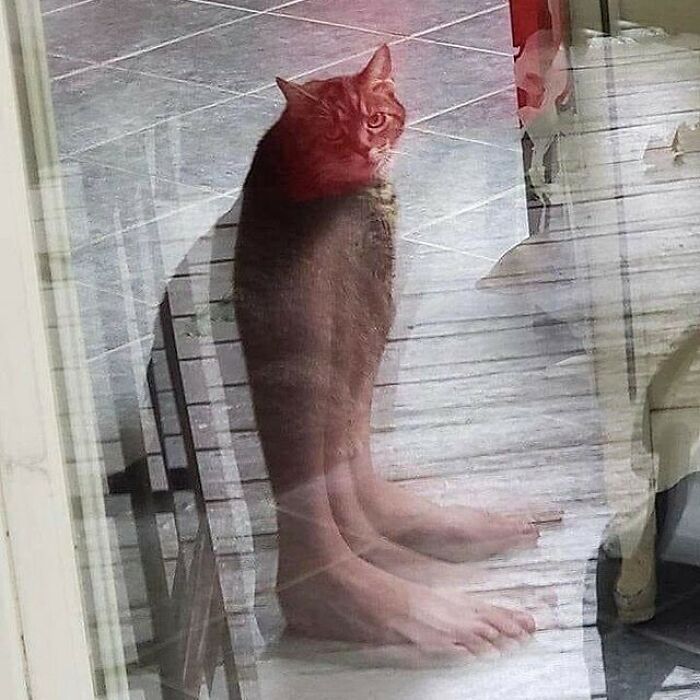
Image credits: instagram
#12

Image credits: instagram
Hoerr was once contacted by a friend who asked him to add a cap to his circular outdoor fire pit. He, of course, accepted it as he was eager to express his pride in his craftsmanship.
While he has his own way of approaching it, the friend pitched his take. Long story short, the friend suggested using trigonometry.
#13

Image credits: instagram
#14
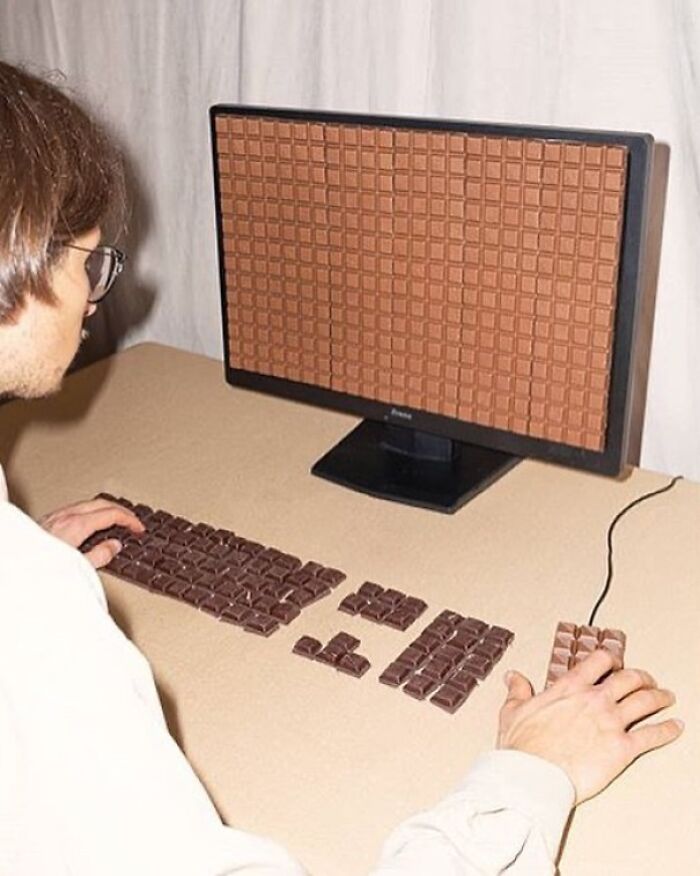
Image credits: instagram
#15

Image credits: instagram
However, within context, that could’ve worked only if it was all built from scratch. The method overlooked the irregularity and unevenness of the structure. However, Hoerr compensated for it by taking a more creative approach. Essentially, he used the existing trigonometry to determine what the shape of the remainder of the structure should be. And that didn’t really require calculating, just a steady hand.
#16
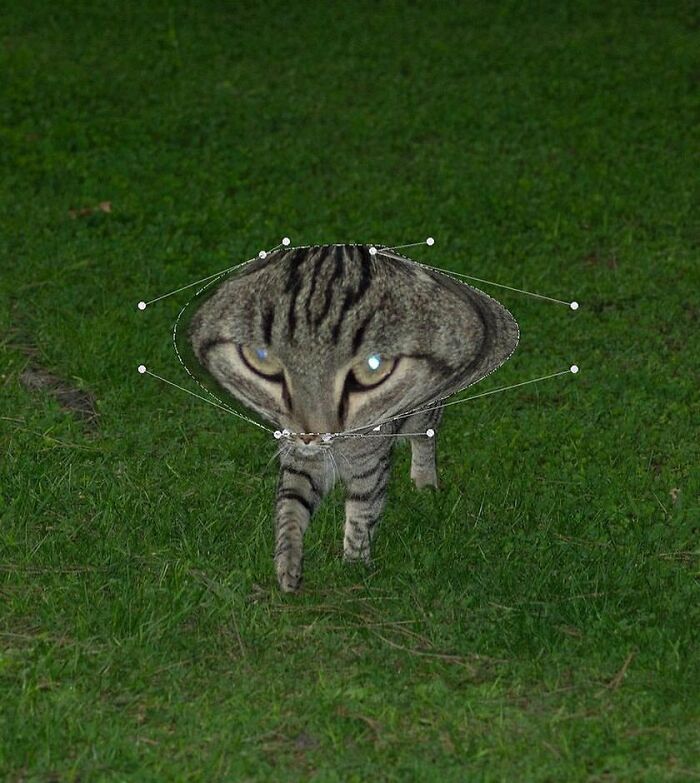
Image credits: instagram
#17

Image credits: instagram
#18

Image credits: instagram
So, since the fire pit worked ideally with 16 pieces, and he had 8, he placed them symmetrically and was able to determine what the remaining pieces would be. It was meticulous, but despite the imperfections, it worked. Ultimately, if you were to use a measuring tape, you would see the imprecise nature of the setup. But the result was achieved and it looked great.
#19

Image credits: instagram
#20
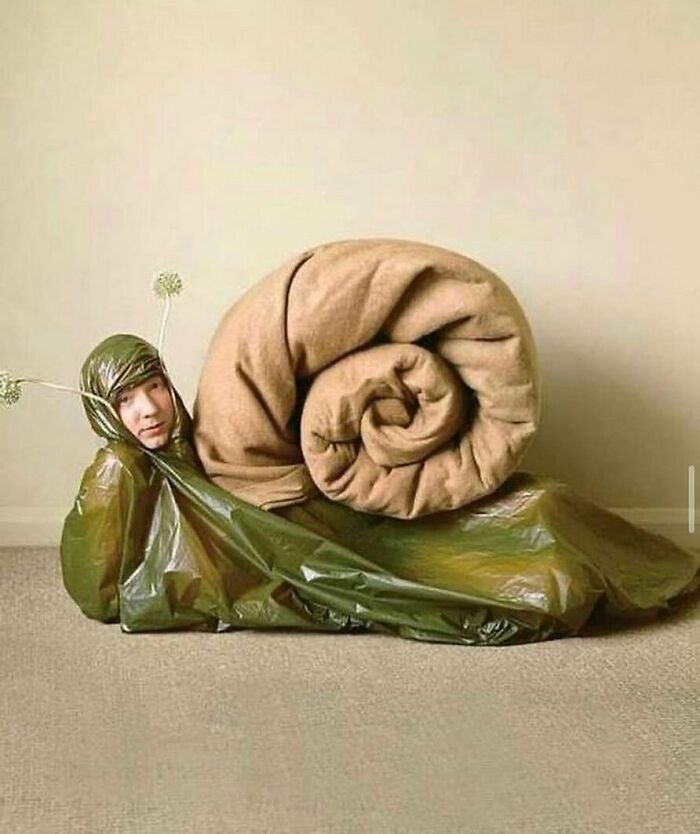
Image credits: instagram
#21

Image credits: instagram
Moral of the story is that creativity can be used to add, and not necessarily create from scratch. There is a certain kind of puristic way of thinking that many of us assume, thinking we need to make something ingenious from nothing. Sometimes, we don’t have the luxury of time, or it would simply be impractical or even excessive to reinvent the wheel.
#22
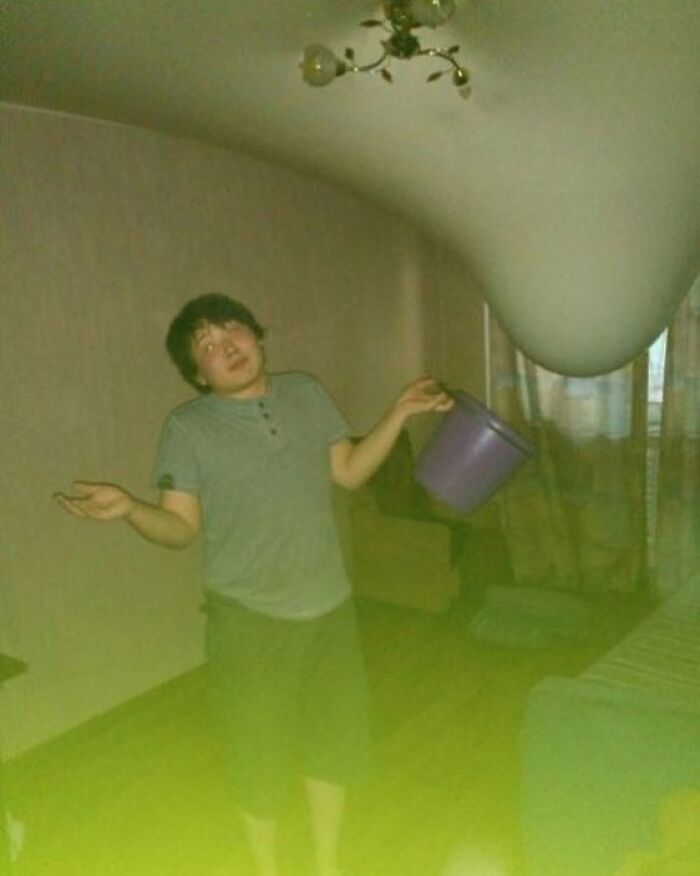
Image credits: with_feelingz
#23

Image credits: instagram
#24
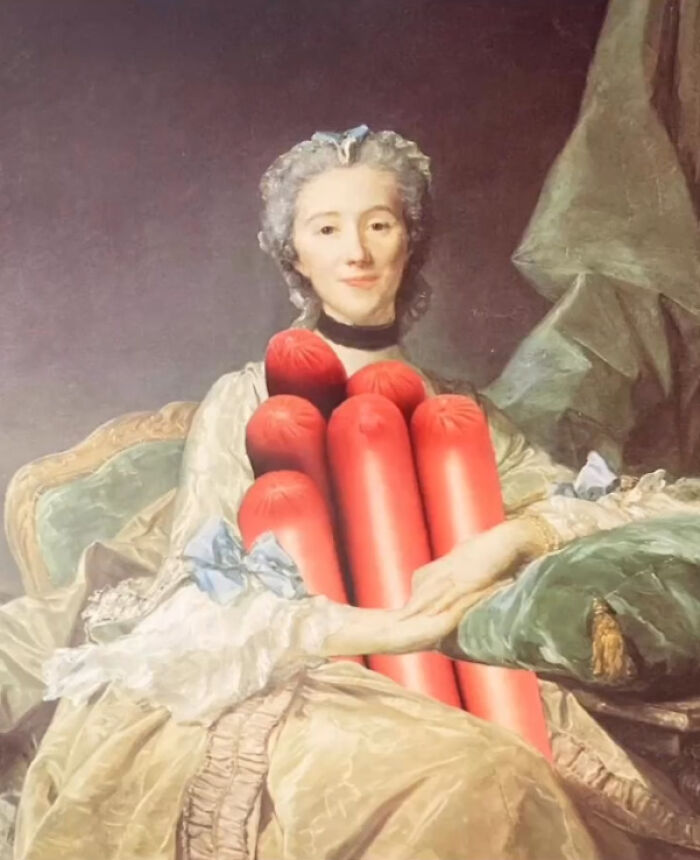
Image credits: robinlopvet
But it’s not to say that originality is a sin at this point either. It’s just nigh impossible to create a piece of work that would be so original, nobody of the 8 plus billion people would’ve ever thought of it. But efforts are commendable.
In order to reach peak originality, it’s suggested to plan for originality right from the get-go, and work your way through it.
#25
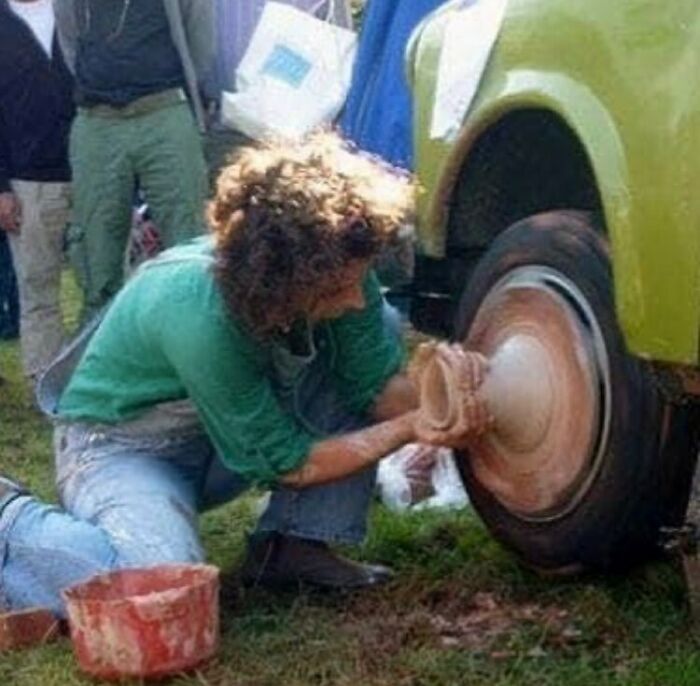
Image credits: instagram
#26

Image credits: instagram
#27

Image credits: instagram
By working through it, we mean experiment and capture random things and focus on multiple sources rather than a single one. The more input you have, the more of it your brain has to work with, creating a combination that will resemble something as original as it can get. Yes, that means breaking from convention and thinking of a solution that might not make sense at first.
And then practice. Lots of it.
#28

Image credits: instagram
#29

Image credits: instagram
#30
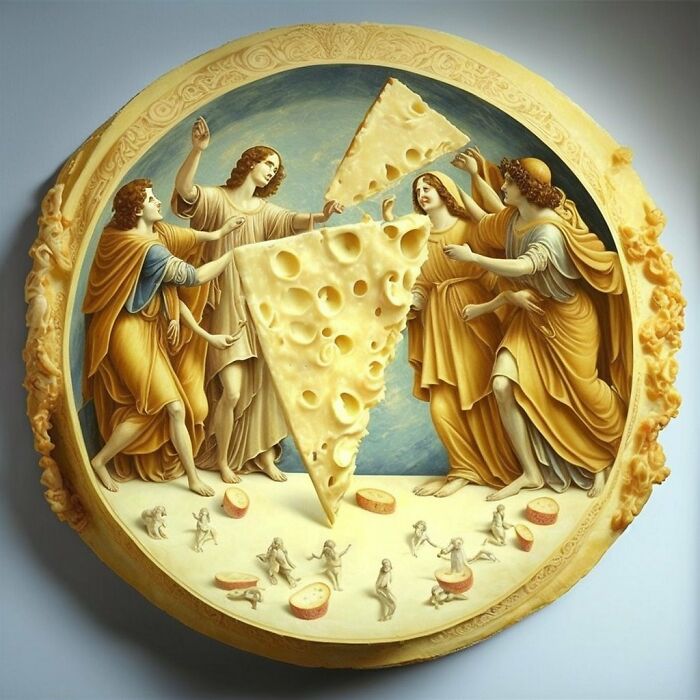
Image credits: with_feelingz
So, what are your thoughts on any of this? Feeling weird and willing to share it? Do so in the comment section below! But if you refuse to conform to textual imperatives, then maybe you could find some love in your heart to continue on your way through the website starting with similar articles?
#31

Image credits: with_feelingz
#32

Image credits: instagram
#33

Image credits: instagram
#34

Image credits: instagram
#35
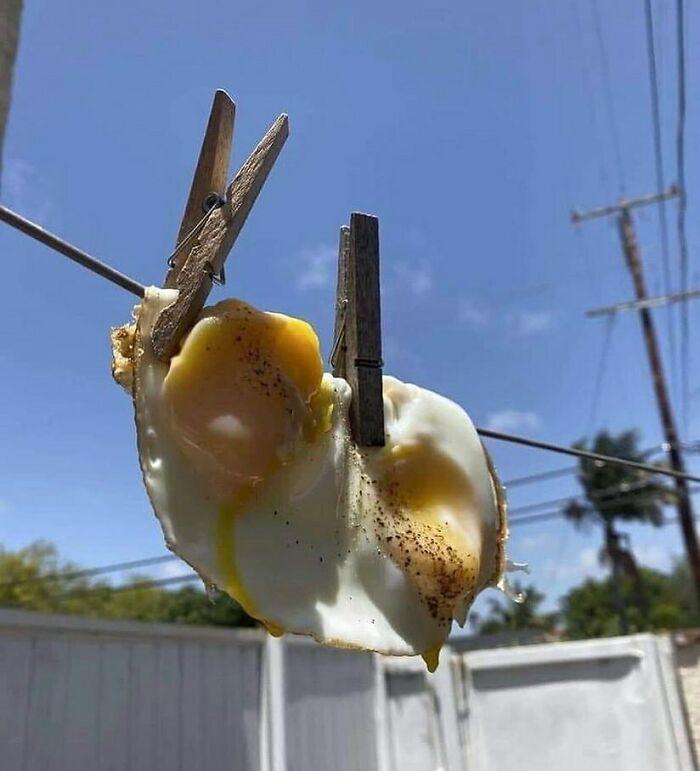
Image credits: instagram
#36

Image credits: instagram
#37
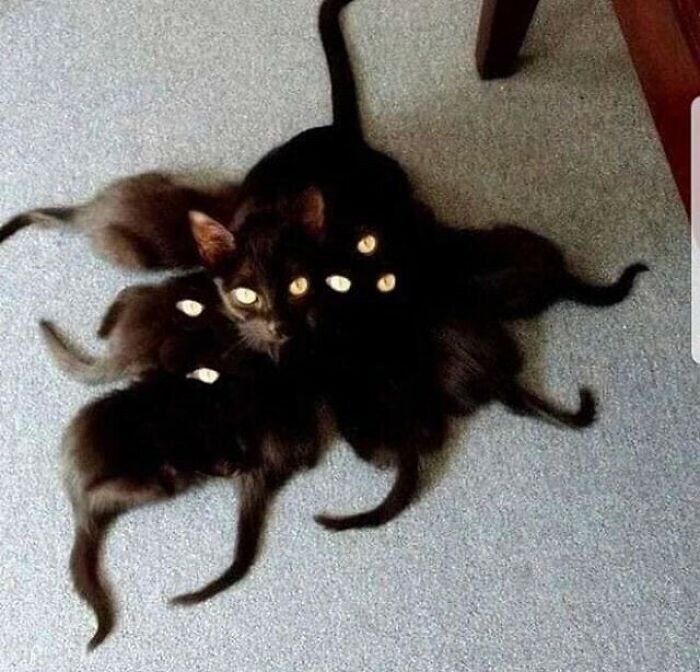
Image credits: instagram
#38
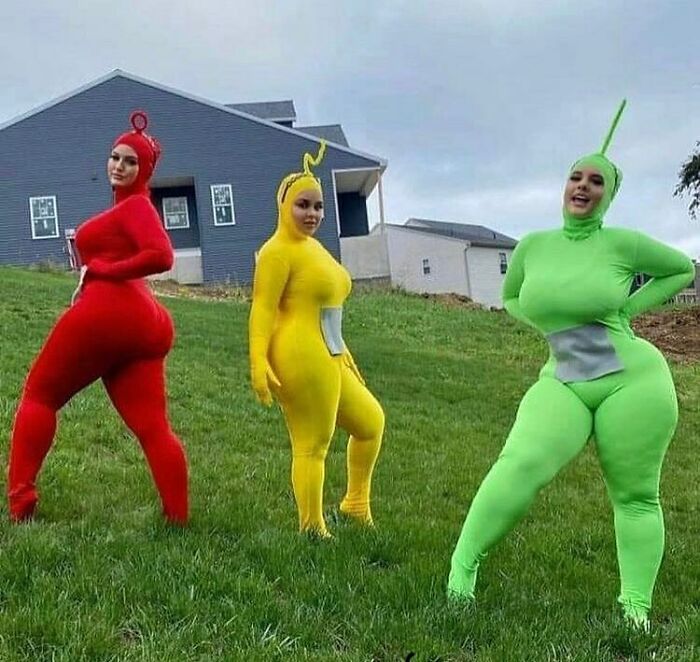
Image credits: instagram
#39

Image credits: instagram
#40

Image credits: instagram
#41
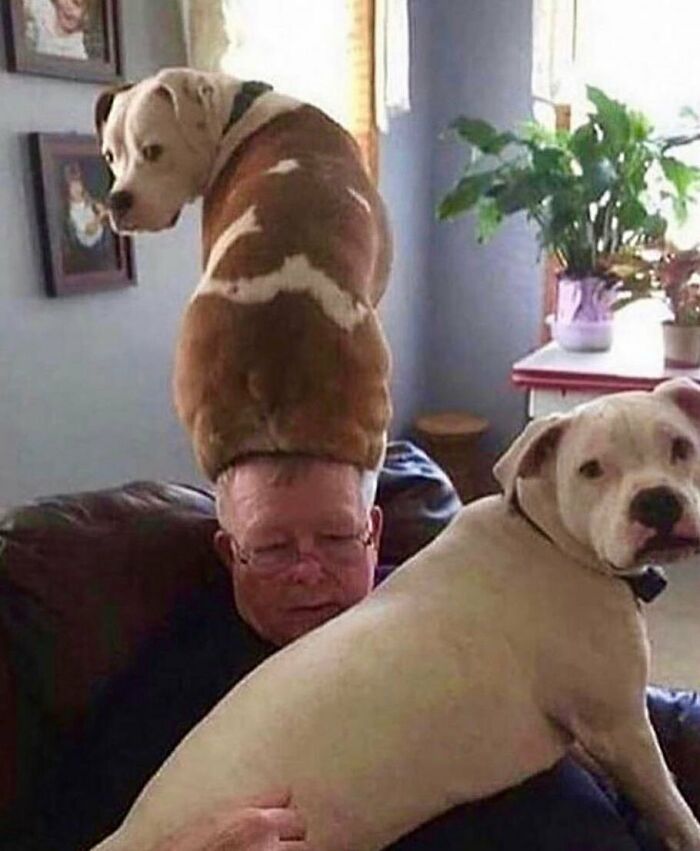
Image credits: instagram
#42

Image credits: instagram
#43
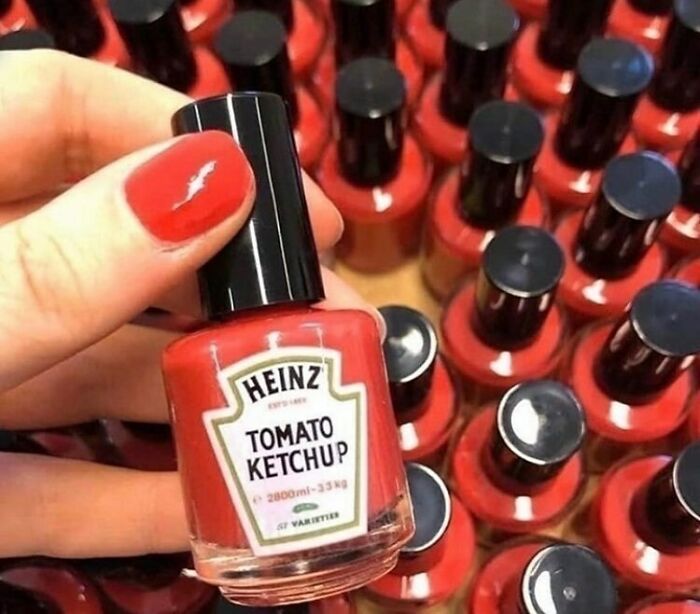
Image credits: instagram
#44
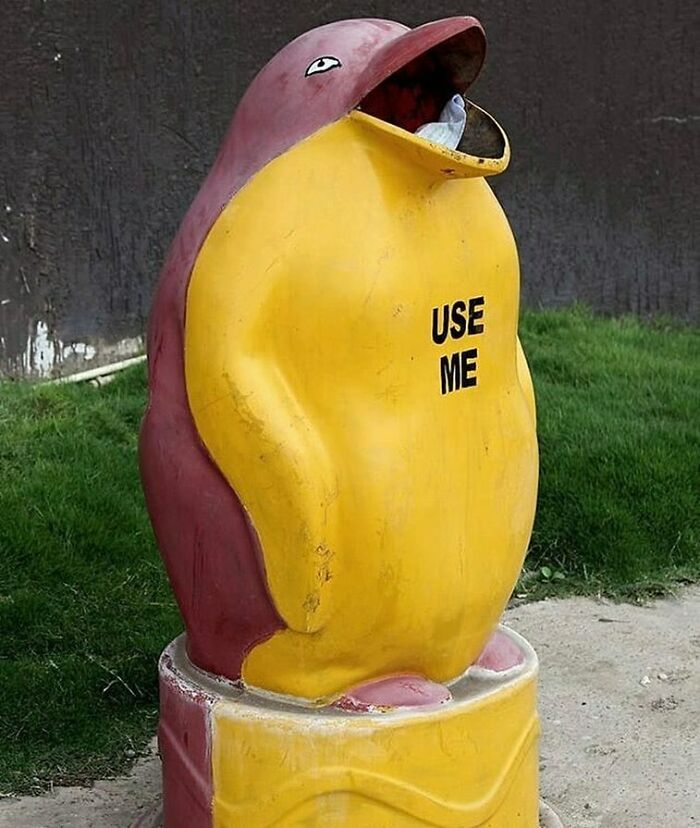
Image credits: instagram
#45

Image credits: instagram
#46
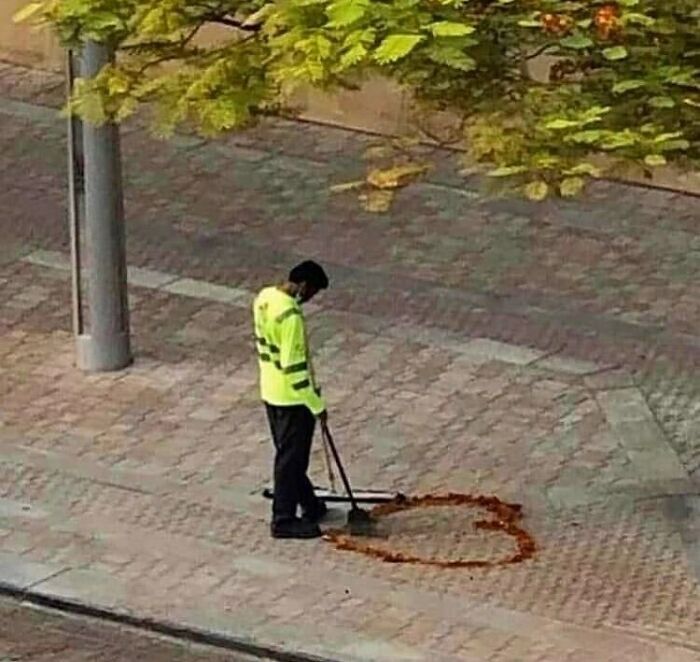
Image credits: instagram
#47

Image credits: instagram
#48
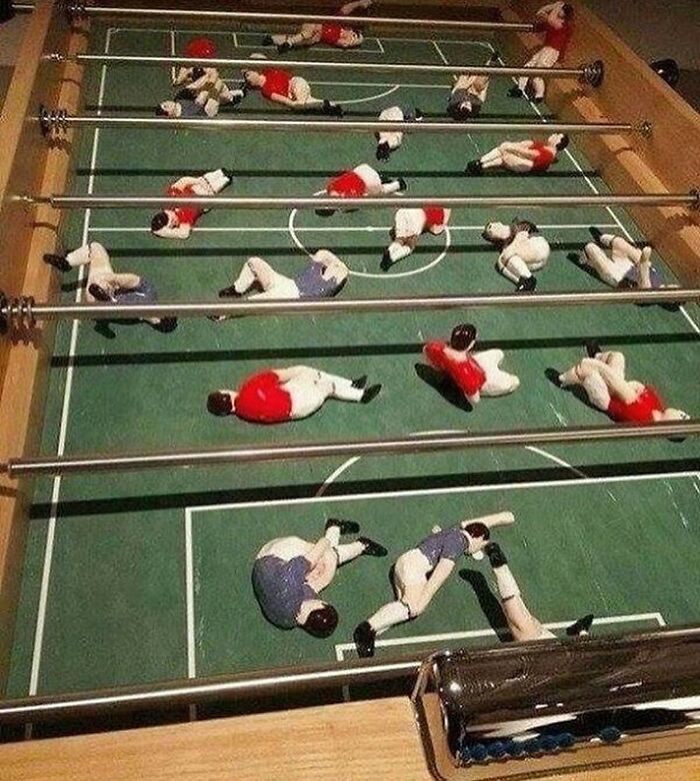
Image credits: instagram
#49

Image credits: instagram
#50
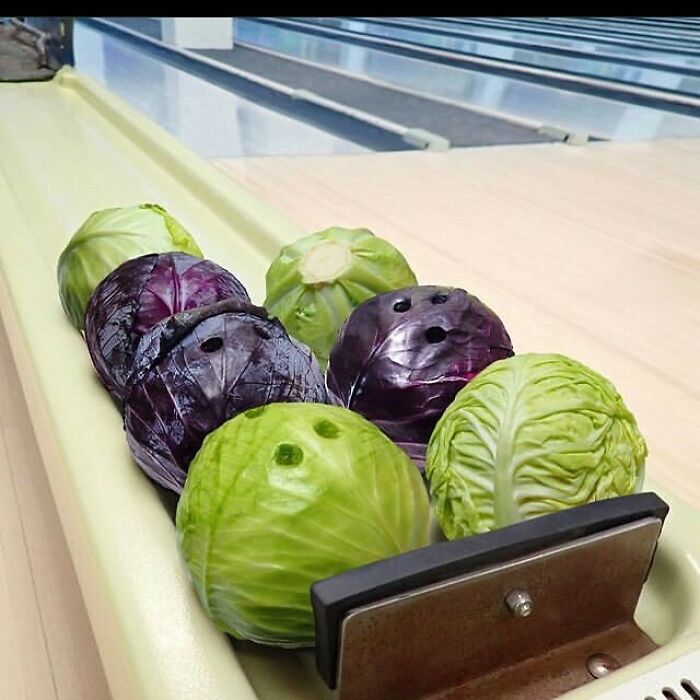
Image credits: instagram
#51

Image credits: instagram
#52

Image credits: instagram
#53
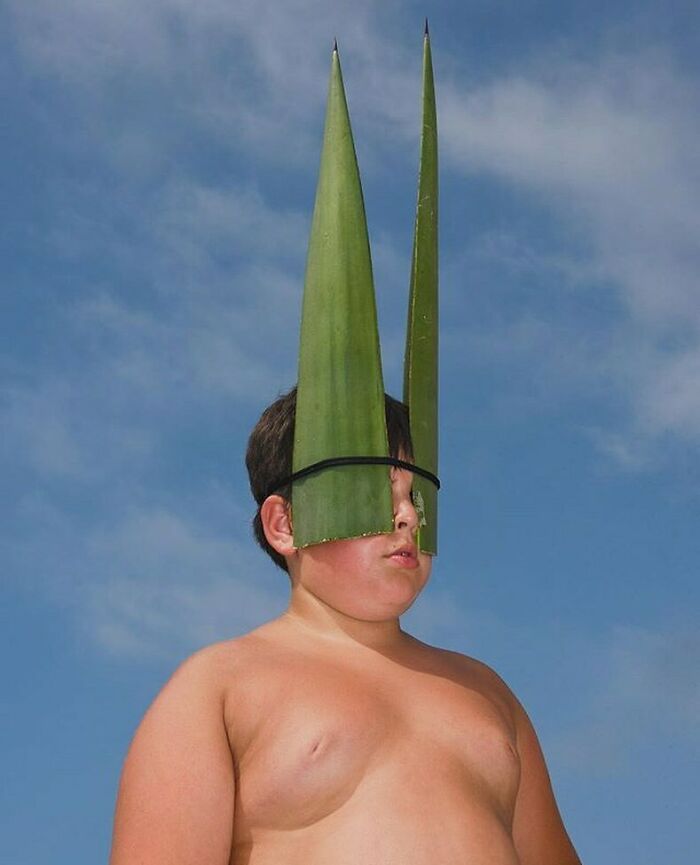
Image credits: instagram
#54

Image credits: instagram
#55
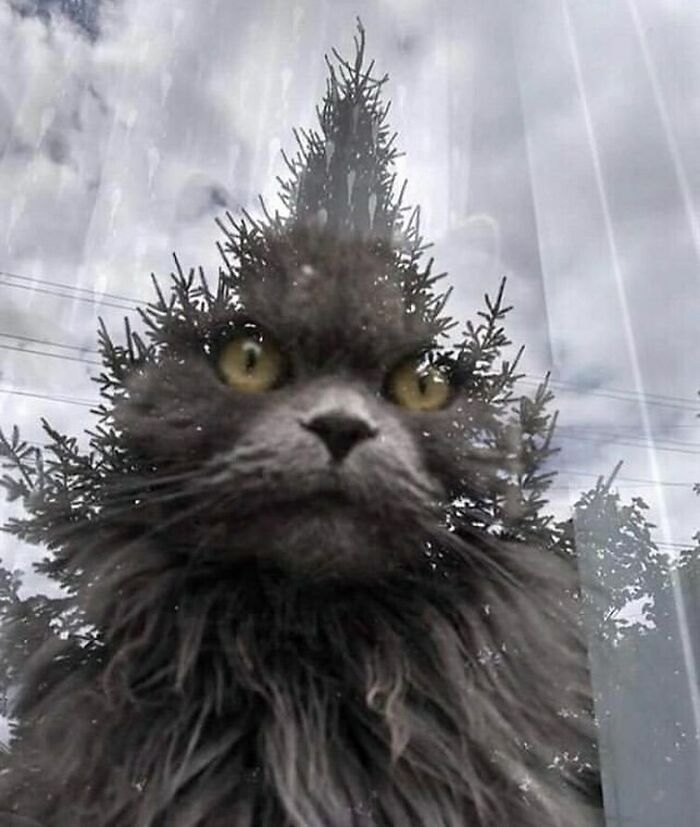
Image credits: instagram
#56
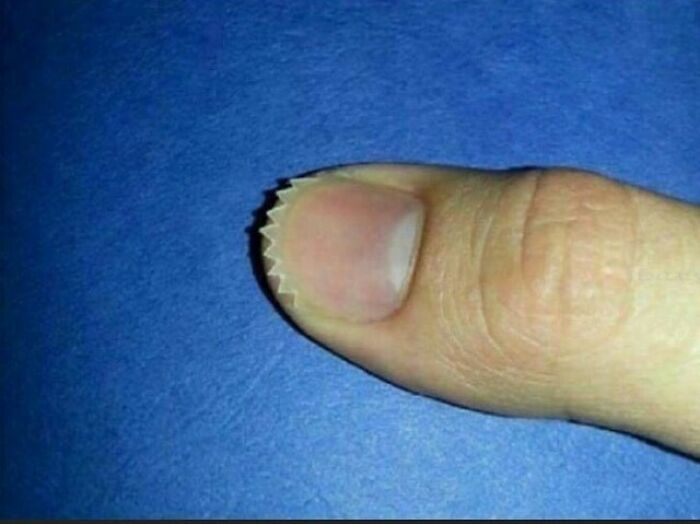
Image credits: instagram
#57
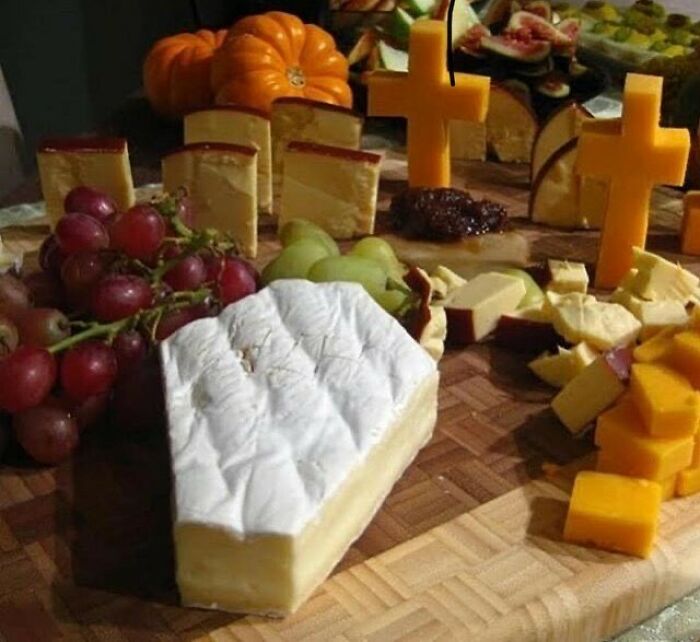
Image credits: instagram
#58
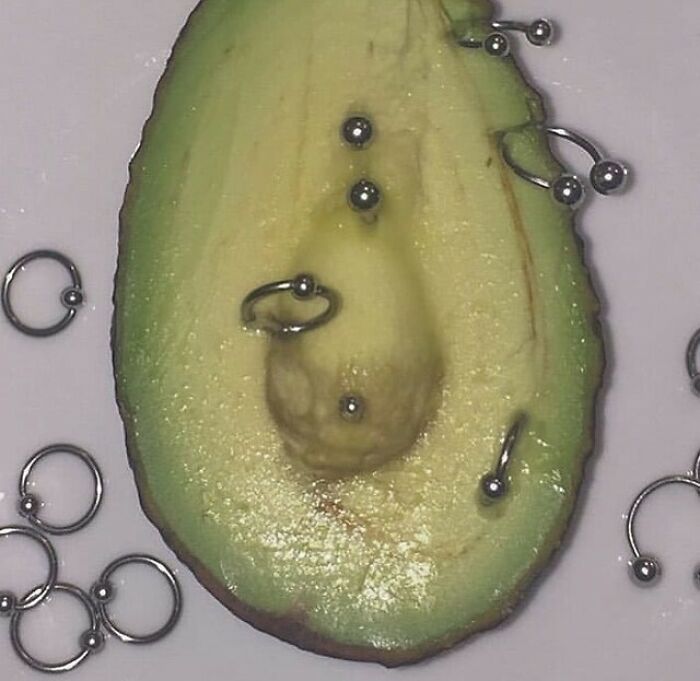
Image credits: instagram
#59
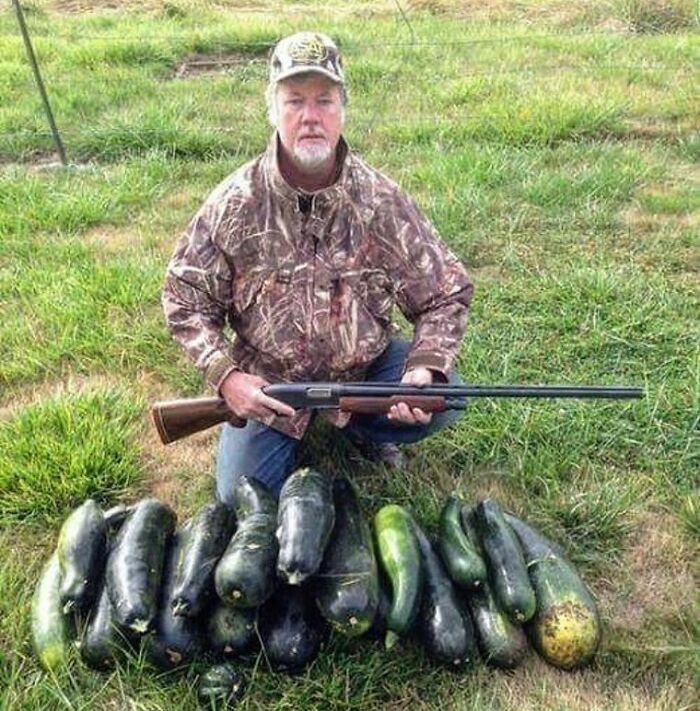
Image credits: instagram
#60

Image credits: instagram
#61
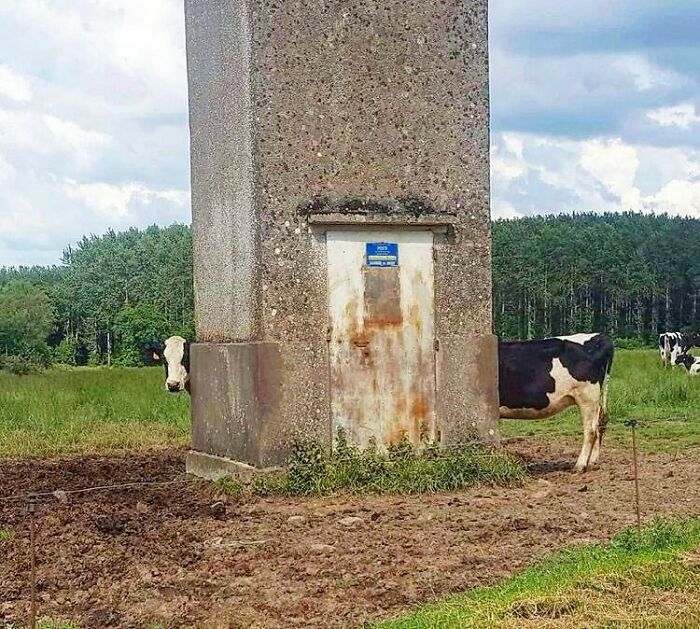
Image credits: instagram
#62
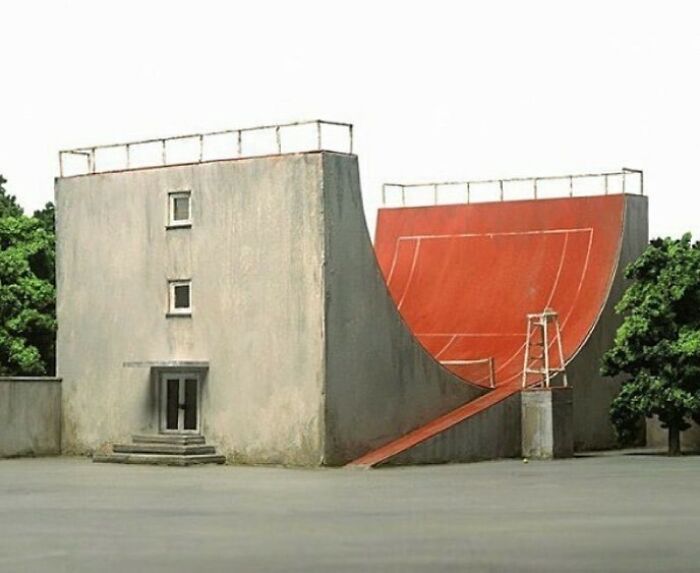
Image credits: instagram
#63
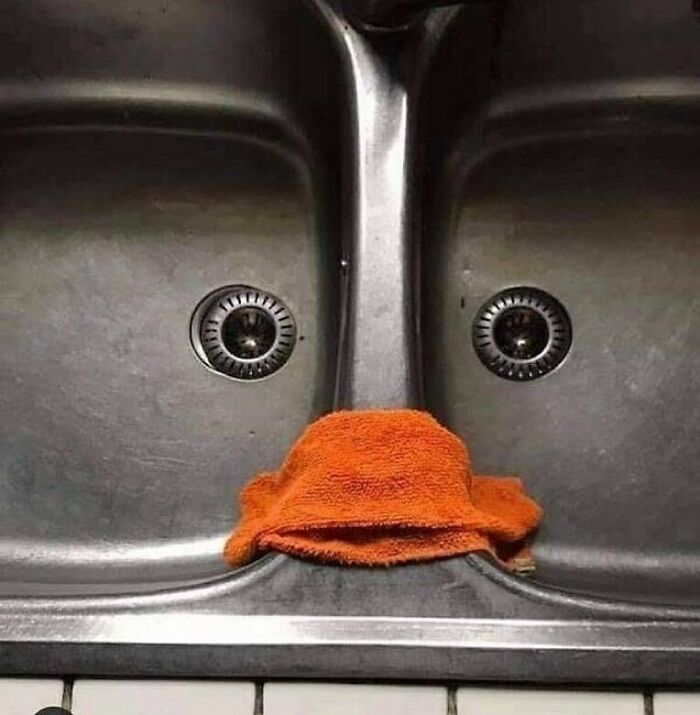
Image credits: instagram
#64

Image credits: instagram
#65
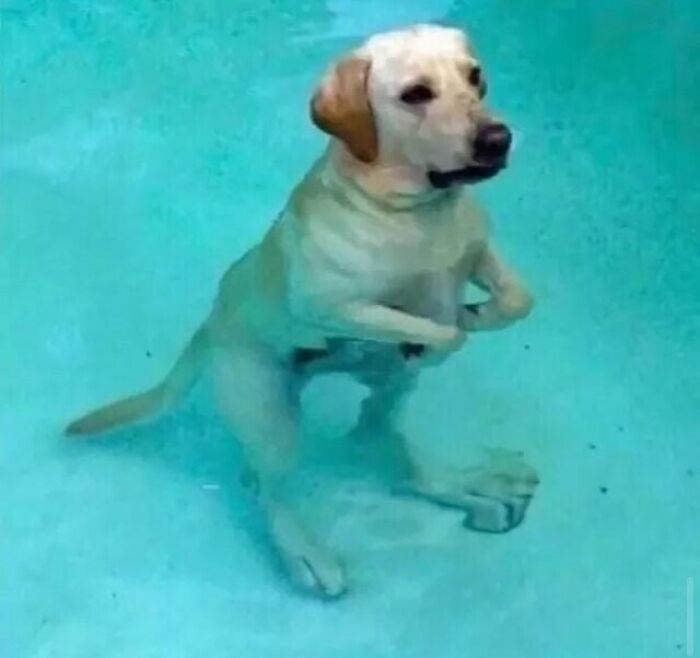
Image credits: instagram






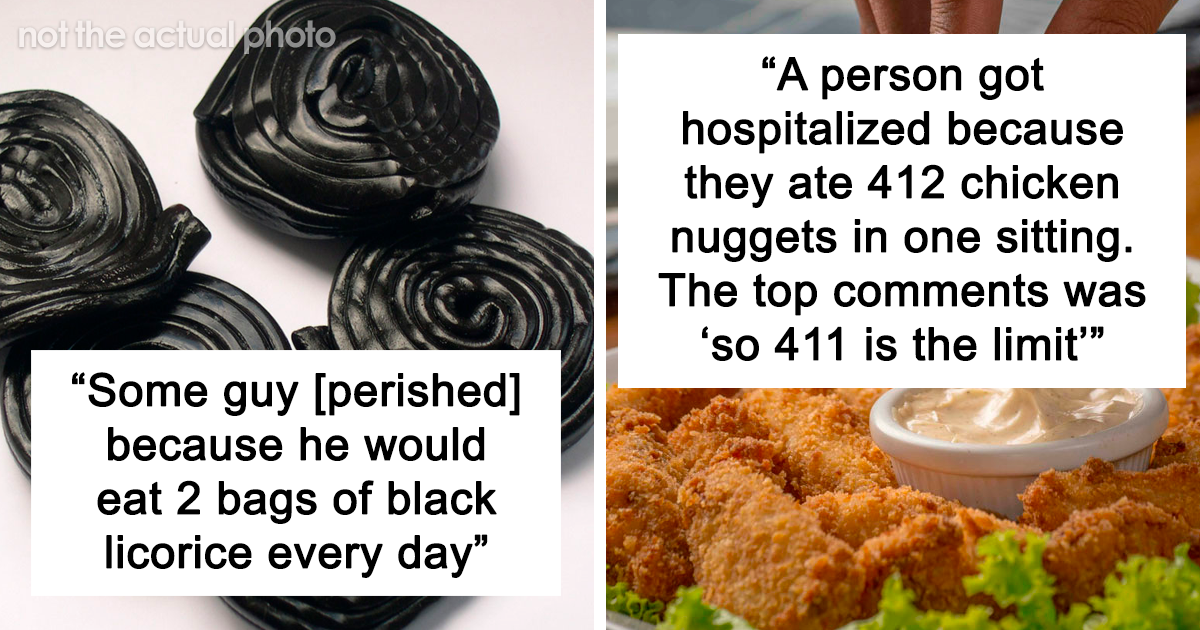





 English (US) ·
English (US) ·